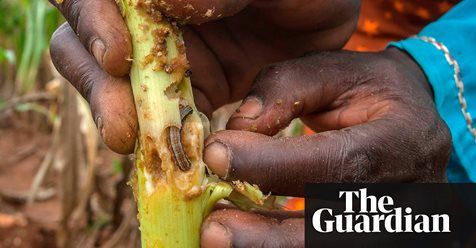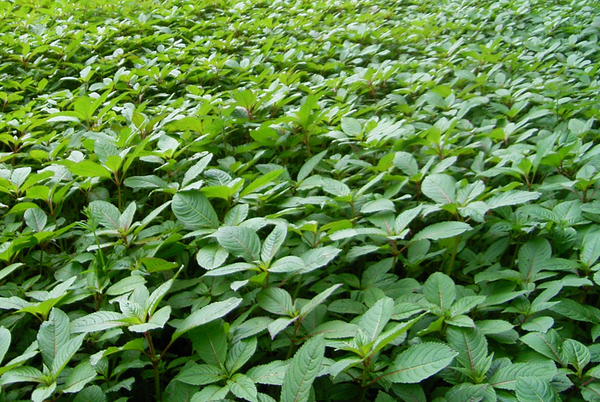Using DNA to detect a stinkbug invasion
The use of DNA to detect a stinkbug invasion proposes a revolutionary advancement in agricultural pest surveillance following the success recorded on a piloted experiment conducted on farms in the USA. These interlopers attack all manner of produce, ranging from fruits to leafy vegetables. However, the adoption of DNA techniques in detecting its early invasion…
Fall armyworm’s spread to India making headlines around the world
Earlier this month, CABI warned of the impending rapid spread of fall armyworm across Asia, following its arrival in India. Since then, news of the crop-destroying pest’s invasion has been hitting headlines across the globe.
New Trial Eradicated 80% of a Disease-Carrying Mosquito Population
A new trial experiment undertaken in Australia has been shown to successfully eliminate 80% of the disease-bearing mosquito Aedes aegypti.
CABI warns of rapid spread of crop-devastating fall armyworm across Asia
CABI scientists have today warned of the impending rapid spread of the crop-devastating pest, fall armyworm, across Asia following its arrival in India, with major crop losses expected unless urgent action is taken. The warning comes following a pest alert published this week by the Indian Council of Agricultural Research (ICAR) on the website of one of…
CABI works in partnership to help rid UNESCO Natural World Heritage site Socotra of common pest pear Opuntia stricta
Invasive species experts from CABI have been working in partnership with a range of international organisations, including more than 200 members of a local community and a musical band, to help get rid of the common pest pear Opuntia stricta from the Socotra Archipelago, Yemen.
Why Prosopis no longer ‘pays’ as a prospect for positive environmental and socio-economic productivity
In the late 1970s and early 1980s the group of closely-related woody plant species and hybrids known as Prosopis were seen as a ‘saviour’ for millions of pastoralists and agro-pastoralists in East Africa whose very livelihoods were threatened by the degradation of dryland ecosystems spurred on by overgrazing, and by deforestation and a shortage of…
Fall Armyworm Is Here to Stay. But We Can Manage.
By Roger Day. Reblogged from Fall Armyworm Tech Prize In 1996 in response to the first international meeting on invasive alien species, the Global Invasive Species Programme (GISP) a collaboration between the Centre for Agriculture and Biosciences International (CABI), the International Union for Conservation (IUCN), and the Scientific Committee for Problems of the Environment (SCOPE), was…
Southern armyworm identified from West and Central Africa
Edited by Washington Otieno, Roger Day and Matthew Cock. The International Institute of Tropical Agriculture (IITA) has confirmed that caterpillar and adult moth samples from West and Central Africa are southern armyworm, Spodoptera eridania.





